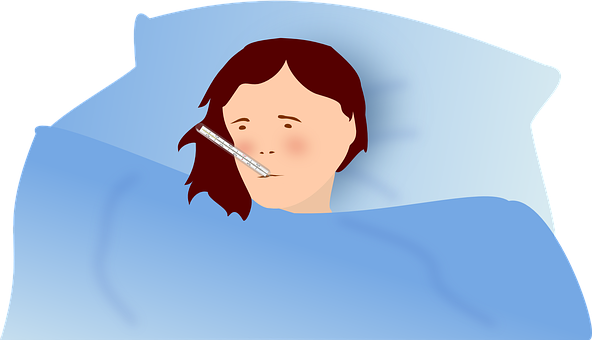Important Aspects On Sewage Treatment Plant

An Overview:
An Overview:In simple terms, a sewage treatment plant includes a septic tank which eliminated those constituents and characteristics that pose a threat to the environment, safety and public health. It is quite ironical that people in general know little about proper usage and benefits of a sewage treatment plant. This article discusses how a sewage treatment plant can bring safety to the environment and public health.
Sewage, in general, is classified into industrial waste and domestic sewage. The water discharged from homes and businesses comprises of domestic wastewater. On the other hand, the water discharged from industrial operations is industrial wastewater. The latter comprises about 80% of the sewage with respect to volume and strength in US alone. The science behind appropriate sewage disposal through wastewater treatment plants plays a significant role in controlling diseases. The water supply of the community is maintained through removal of bacteria, harmful chemicals, human faeces, dissolved material of microscopic nature and other forms of water carried wastes.

Process Flow:
Sewage treatment plants are categorised as per primary, secondary and tertiary technologies:
1. Primary [Stage I] treatment:
A quiescent basin is used to temporarily hold the sewage so that lighter solids, grease and oil can float to the surface while heavy solids settle down at the bottom. The remaining liquid may be subjected to secondary treatment or simply discharged after the removal of floating and settled materials.
2. Secondary [Stage II] treatment:
The suspended and dissolved biological matter is removed in this stage. This is performed in a managed habitat by microscopic water borne organisms which are indigenous in nature. Before discharging the treated water or subjecting it to tertiary treatment, the removal of micro-organisms from the same may require a separate process.
3. Tertiary [Stage III] treatment:
Tertiary treatment plants comprises of advanced procedures such as mechanical filtration for the removal of left-over suspended and undissolved solids; chemical precipitation and ion exchange for the removal of toxic dissolved metals such as mercury, lead, chromium and cadmium; and elimination of trace organics through carbon adsorption.
In a wastewater treatment plant, the final treatment is disinfection. Treated water might be disinfected physically or chemically (for e.g. by micro filtration or lagoons) before discharging the same into a wetland, lagoon, bay, river or stream. It can also be used for irrigation purpose (in a park, green way, a golf course) or for agricultural purposes and groundwater recharge especially if it's sufficiently clean. Chlorine is the most common disinfectant utilised for the purpose to remove any traces of pathogenic micro organisms which might be present in the treated wastewaters.
Benefits Of Sewage Treatment Plants:

For a less dense population, a wastewater treatment plant would be more cost effective as compared to having sewage pipe lines running for several miles through rock terrain or acres of land. Time and energy is also saved as wastewater does not need to be transported to plants where it is purified and treated before putting the clean water back in the original spot.
The installation time is much quicker as compared to centralized systems. The more extensive and expensive centralized systems that come along with pump stations require constant upkeep and monitoring. It is to be noted that some centralized systems may utilize certain types of treatment procedures which might pollute the water inadvertently by damaging and harming the aquatic downstream.
Wastewater treatment plants eliminate any type of odor or smell from the site completely. It also reduces wastewater discharge and water consumption thus saving money in the long run.
by: lexoremman How To Find The Right Short Term Health Insurance Plan In Ohio The Ultimate Ohio Health Insurance Plan What You Need To Know About Eye Doctors Determining The Good Points Of Addiction Treatment Programs A More In-depth Look On The Treatment Of Cutaneous Tags Nevada Invests In Rule Eligibility Engine With The Latest Federal Health Insurance Exchange Grant Mononucleosis Treatment - Herbs How To Find Treatment For Alcohol Addiction What Is The Role Of Alcohol Rehab Treatment Centers Rosacea Treatment-if Worried Of Rosacea Indications Alcohol Treatment Center: Selecting The Right One All About Alcohol Treatment Centers Are Acos The Answer To An Affordable, Quality Healthcare & Health Insurance System?